Located in the heart of the Ecuadorian Andes, in the Cotopaxi region, Agrinag produces roses for export to various continents. Recently, they implemented a new process for hydrating the roses. The process is developed by the company Isii-Nitzan, a Swiss Company specializing in industrial automation, irrigation systems, and water treatment. "This advanced process distinguishes itself by its precision, consistency, efficiency, and sustainability," says Viviana from Agrinag. In this article, she elaborates on the system.
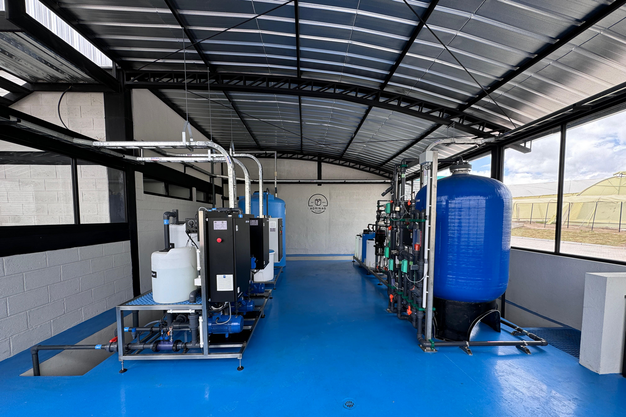
Modern needs
Agrinag decided to upgrade its flower hydration and disinfection processes by transitioning to an automated system that would significantly reduce the use of resources. Viviana points out that the primary goal was to improve the chemical and physical composition of the water used in post-harvest processes, ensuring higher product quality for its customers.
"Although the previous process met quality and control standards, it no longer aligned with current technological advancements in the market. ISII – Nitzan was selected to design, install, and provide advanced solutions such as reverse osmosis and ultrafiltration systems, meeting Agrinag's modern needs."
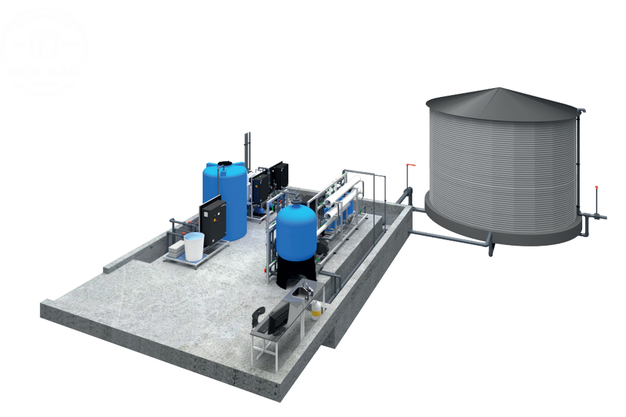
Hydration, for instance, is necessary for maintaining the quality of the company's summer-fall collection. "Proper hydration ensures that each stem maintains its vibrant color, structure, and vitality throughout the supply chain, from harvest to final delivery. By optimizing hydration, we guarantee that our roses arrive in perfect condition, enhancing their beauty and value for our clients."
Upgrading the flower hydration process
Towards achieving this goal, the company has invested in reverse osmosis technology. Viviana explains why this technology elevated their hydration process. "Water is fundamental in the rose hydration process, but its physical and chemical composition can vary significantly. To address this variability, we installed a water treatment system with reverse osmosis technology.
This method ensures that the water used in the process is 95% decontaminated and demineralized, eliminating microbiological and physicochemical inconsistencies. As a result, the treated water not only acts as a transport medium for the solution but becomes a high-quality raw material that ensures uniform and effective hydration throughout the year, regardless of the incoming water conditions."
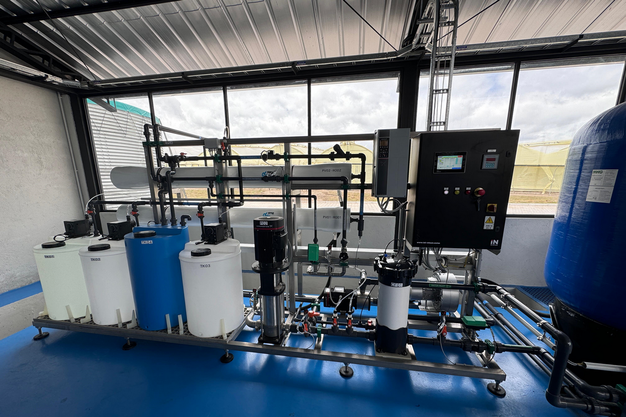
On-site biocide production
The hydration solution should also be disinfected. Instead of using commercial chemical products, Agrinag opted for the installation of a hypochlorous acid generator, commercially known as NEUTHOX. According to Viviana, this biocide is certified for organic use by the FDA and ECHA.
She highlights how Agrinag benefits from the system: "The continuous and constant production of this biocide ensures an uninterrupted supply for the hydration solution, eliminating the need for plastic containers and reducing the carbon footprint associated with the transport and storage of chemical products. Furthermore, this approach enhances process safety and efficiency by eliminating direct contact with hazardous chemicals."
Additionally, the company implemented an automated system that adds the biocide to the hydration solution. "This system ensures precise dosing of the biocide, as well as optimal regulation of pH and oxidation-reduction potential (ORP), essential parameters for ensuring the quality of the solution," Viviana says.
The goal of 24/7 availability and real-time monitoring
Furthermore, Agrinag has worked on systems that improve the availability of the hydration solution and the traceability of the hydration process. Viviana highlights that a hydration solution should be available at all times to avoid quality loss and the need to store large volumes that could become recontaminate. This need led to the creation of an integrated distribution system which is designed to be constantly available.
"This system allows the solution to be accessible through automated dispensers located at strategic points across the farm. This approach allows us to maximize productivity and ensure that its roses are perfectly hydrated and ready for export at all times," Viviana adds.
Similarly, Agrinag's hydration process utilizes an online control and monitoring system, which records and stores data, allowing the hydration process to be traced and controlled with real-time information, even remotely.
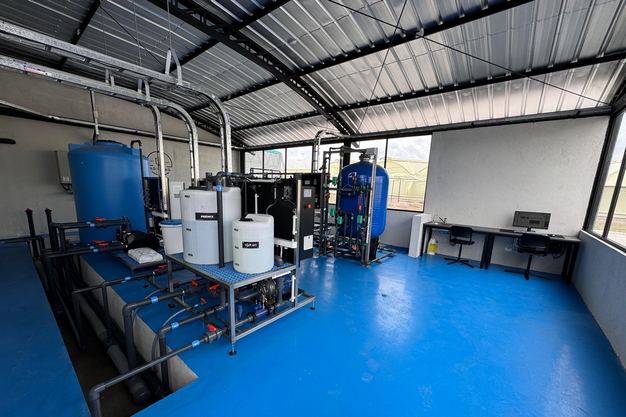
Derived systems
Viviana states that the implementation of the new hydration system at the Agrinag farm has not only led to an improved rose production process, but also to the creation of several derived systems. For example, a potable water production system for staff, and a dispensing point for ultra-deionized water for flower dyeing. As well as a system that would improve biosecurity and hygiene on the farm. Lastly, they established a system that permanently supplies soft and clean water.
She concludes: "From improving working conditions and food safety to optimizing processes such as flower dyeing and phytosanitary control, these derived systems further optimize the investment and reinforce the farm's commitment to sustainability and employee well-being. The systems are examples of how a single innovation can trigger improvements in multiple areas of agricultural operations."
For more information: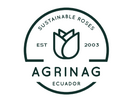
Agrinag S.A.S.
www.agrinag.com
